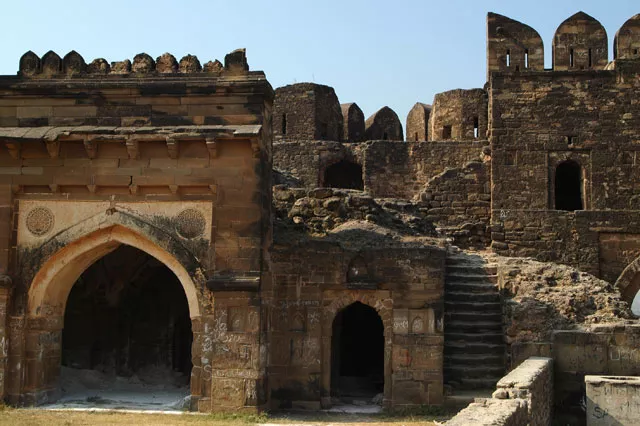
Lahore's Sacred Heart Cathedral receives Belgian Heritage Prize
UNESCO's mission is to encourage countries to sign the World Heritage Convention and to ensure the protection of their natural and cultural heritage, encourage countries to nominate sites in their territories for inclusion in the World heritage list and help countries protect the selected sites by providing technical assistance and professional training.
"Heritage is our legacy from the past, what we live with today, and what we pass on to future generations. Our cultural and natural heritage are both irreplaceable sources of life and inspiration," a statement on UNESCO's website says.
Steeped in history: Golra Railway Station in pictures
While Pakistan has many buildings on the tentative list, so far it has six such sites that are declared of universal significance because of their historical and cultural value.
We look at the six sites that have made it to the list:
1. Archaeological Ruins at Moenjodaro (1980)
A metropolis of the Indus Civilization, Moenjodaro dates back to around 2500 BC. The site is steadily deteriorating due to material decay, salt action, moisture infiltration and poor drainage.
UNESCO and the Government of Pakistan are working on the restructuring of the site management. Harappa, Mehrgarh and Rehman Dheri have been nominated as extensions of the archaeological site of Moenjodaro.
 PHOTO: FANCYFRINDLE
PHOTO: FANCYFRINDLE PHOTO: TRAVELTRIPJOURNEY
PHOTO: TRAVELTRIPJOURNEY2. Buddhist Ruins of Takht-i-Bahi and Neighbouring City Remains at Sahr-i-Bahlol (1980)
Founded in early 1st century A.D., situated on various hilltops ranging from 36.6 metres to 152.4 metres in height the Buddhist Ruins of Takht-i-Bahi (Throne of Origins ) and Neighbouring City Remains at Sahr-i-Bahlol are one of the most imposing relics of Buddhism in the Gandhara region of Pakistan.
 PHOTO: TravelmyPakistan
PHOTO: TravelmyPakistan PHOTO: TravelmyPakistan
PHOTO: TravelmyPakistan3. Fort and Shalimar Gardens in Lahore (1981)
Dating back to the 17th century, both the Lahore Fort and Shalimar Gardens are outstanding examples of Mughal artistic expression at its height. The two sites were inscribed on the World Heritage List.
 PHOTO: MYDESTINATIONPAKISTAN
PHOTO: MYDESTINATIONPAKISTAN PHOTO: MYDESTINATIONPAKISTAN
PHOTO: MYDESTINATIONPAKISTAN4. Historical Monuments at Makli, Thatta (1981)
Spread over 10 kilometres and host to around half a million tombs, The vast Muslim necropolis of Makli is one of the largest in the world. Kings, queens, governors, saints, scholars, and philosophers are buried here in brick or stone monuments.
 PHOTO: JAMILKHAN/JAMILKHANWORDPRESS
PHOTO: JAMILKHAN/JAMILKHANWORDPRESS PHOTO: JAMILKHAN/JAMILKHANWORDPRESS
PHOTO: JAMILKHAN/JAMILKHANWORDPRESS5. Rohtas Fort (1997)
Built by Sher Shah Suri in 1541, about 16 kilometeres north-west of the city of Jhelum, Rohtas Fort is an extraordinary example of early Muslim military architecture in central and south Asia.
 PHOTO: Mazhar Hussain/PHOTOSECT
PHOTO: Mazhar Hussain/PHOTOSECT PHOTO: Mazhar Hussain/PHOTOSECT
PHOTO: Mazhar Hussain/PHOTOSECT6. Taxila (1980)
A complex archaeological site in Rawalpindi district, which was developed during the Harrapan (3100-2500 BC) and Ashokan periods, is one of the most important archaeological sites in Asia. The ruins of Taxila depict the pattern of urban evolution on the Indian subcontinent through more than five centuries.
 PHOTO: HISTORYPAKISTAN
PHOTO: HISTORYPAKISTAN PHOTO: THEREDLIST
PHOTO: THEREDLIST

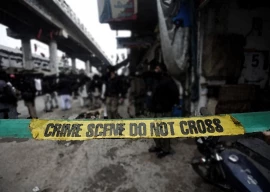

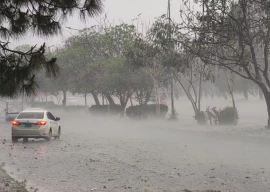



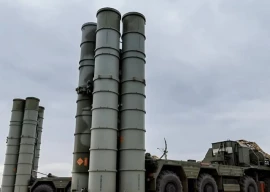

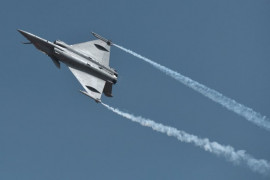








COMMENTS
Comments are moderated and generally will be posted if they are on-topic and not abusive.
For more information, please see our Comments FAQ